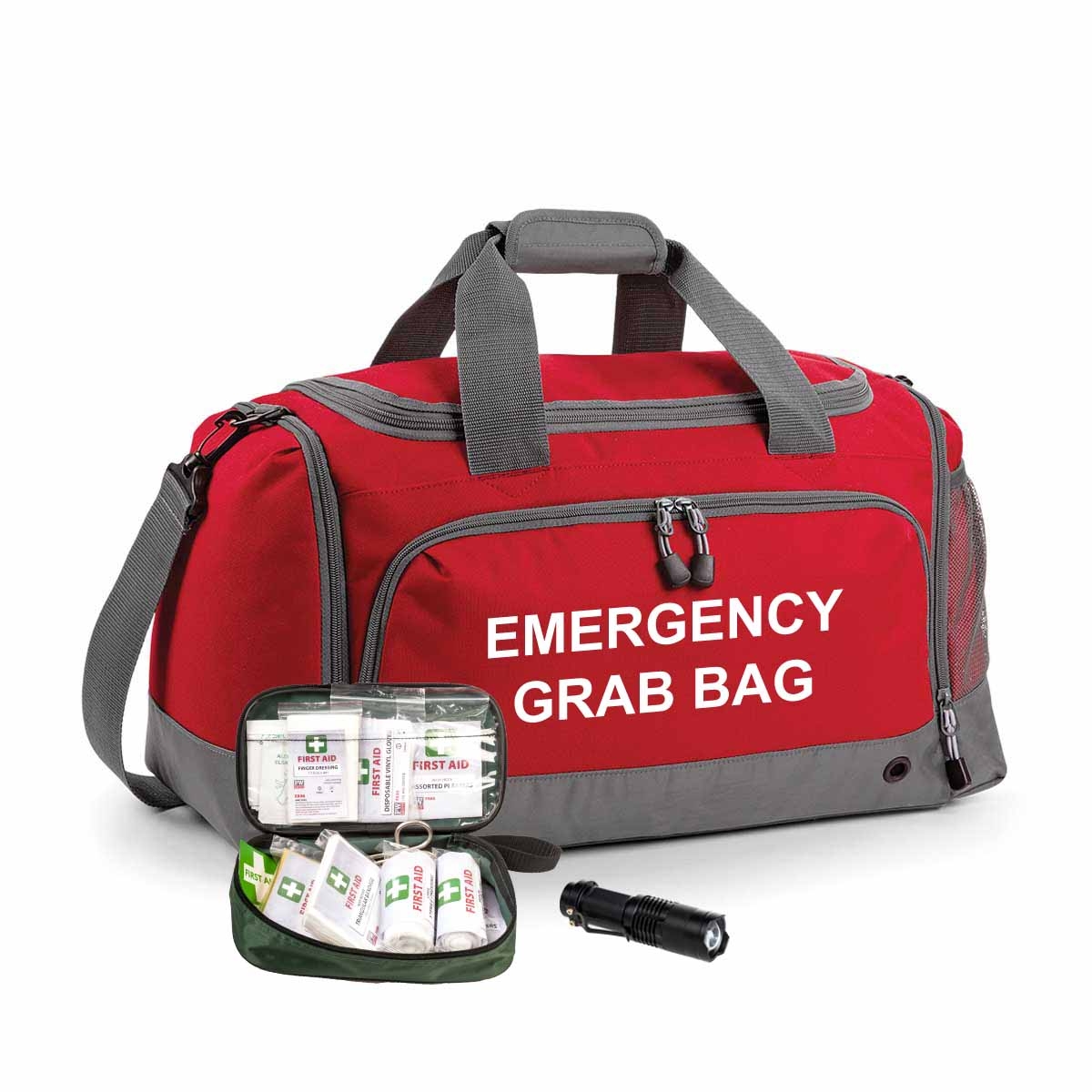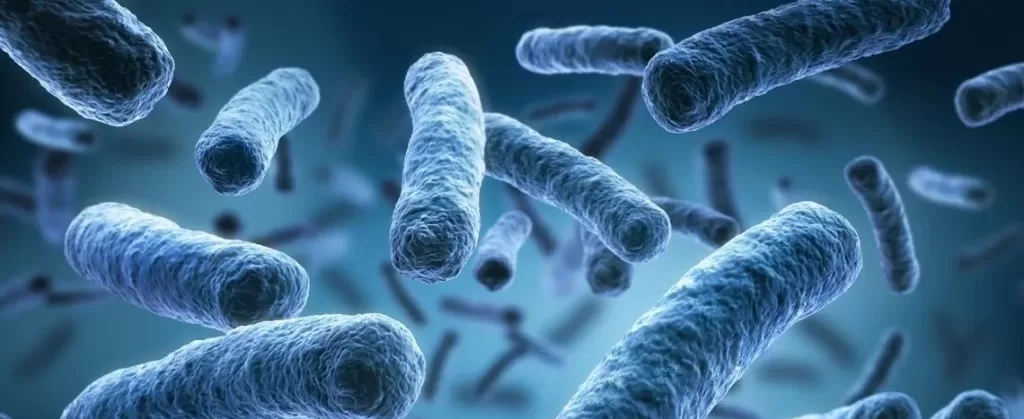 The digital media outlet, Plant Based News, report that the number of vegans has been steadily rising in the UK – up by 300% in a 36 month period. Many more meat-eaters look set to change from steak to seitan – (Seitan is a chewy protein-rich food made from wheat gluten, used in cooking as a meat substitute). Certain members of society, it would seem, are more appreciative about the ethical issues, and the influence it has on the environment as well as our health. We review food safety and food labelling regulations relating to Vegan foods, and provide practical guidance about following a Vegan diet.
The digital media outlet, Plant Based News, report that the number of vegans has been steadily rising in the UK – up by 300% in a 36 month period. Many more meat-eaters look set to change from steak to seitan – (Seitan is a chewy protein-rich food made from wheat gluten, used in cooking as a meat substitute). Certain members of society, it would seem, are more appreciative about the ethical issues, and the influence it has on the environment as well as our health. We review food safety and food labelling regulations relating to Vegan foods, and provide practical guidance about following a Vegan diet.

The
Vegan Society state that "preventing the exploitation of animals is not the only reason for becoming vegan, but for many it remains the key factor in their decision to go vegan and stay vegan. Having emotional attachments with animals may form part of that reason, while many believe that all sentient creatures have a right to life and freedom. Specifics aside, avoiding animal products is one of the most obvious ways you can take a stand against animal cruelty and animal exploitation everywhere".
(Sentient - the ability to perceive or feel things)
Food Labelling in the UK
The Food Information Regulations 2014 enforce EU Regulation 1169/2011, Food Information to Consumers (“FIC”). Article 7 of the FIC regulations states that food information shall not be misrepresentative or ambiguous and that food information shall be truthful, clear and self-explanatory for the consumer. This also relates to advertising and the presentation of foods. Food labelling in the UK is regulated to help protect consumers and to ensure that they have the precise, accurate information so that they are able to make informed choices based on their allergies, diet or individual taste.
The trade newsletter Food Manufacture, states that currently in the UK, there is no legal definition of what a vegan product actually is. Vegan means that the product doesn’t contain “any animal products or ingredients derived from animals”. Consequently, it would seem to be the best option to purchase products marked as both cruelty-free and vegan as this means both the ingredients and production process are 100% vegan. Testing cosmetics on animals has been banned in the UK and EU.
It would seem that at this time there is no clear, unmistakeable guidance as to when food producers can or should label their products indicating that they are suitable for vegan which creates an unbalanced, inconsistent approach. This lack of consistency and definition permits food producers to manufacture vegan products on the same line as a non-vegan product which could result in a cross-contact (Cross-contact is a process whereby an allergen is accidentally transferred from one food to another. The contact between these two foods means that their proteins mix and, as a result, each food then contains a small amount of the other food). By way of illustration, the expression “may contain milk and eggs” is permitted on vegan food labels to indicate to consumers there are potential cross-contacts from the production process.
There is, however, legislation in the UK which defends consumers against dishonest labelling and misleading descriptions. It is an offence to under the Consumer Protection from Unfair Trading Regulations 2008 to “engage in a commercial practice which misleads consumers”. This includes providing fabricated information relating to the nature of the product and the main characteristics.
If food producers find themselves in breach of the regulations they could possibly expose themselves up to an investigation and prosecution by their local authority. The consequences of such a breach could potentially result in an unlimited fine or even imprisonment.
Other consequences include food producers being scrutinised and investigated by the Advertising Standards Agency in relation to any advertising material used to promote the product. A product recall or the reformatting or redesign of marketing materials and packaging could also be enormously costly both financially and to the food producer’s brand.
The information detailed above demonstrates how imperative it is that food producers get their food labelling correct and precise before any new product is launched or labelling is redesigned. Getting specialist advice before going to market is a prudent and sensible move.
Whilst there is no legal requirement, the Vegetarian Society and the Vegan Society both offer certification schemes which allows food producers or other traders to put their trademarks on their product labelling. This is a clear way of demonstrating that your products are vegetarian or vegan. When using these trademarks, food producers should ensure that they have followed the certification process and are authorised to use the trademark. Using the trademark without authorisation, could constitute as trademark infringement leading to other costly enforcement action being taken.

The V-Label is an internationally recognised, registered symbol for labelling vegan and vegetarian products and services.

For consumers, it is a simple, trustworthy and dependable guide to help them when they are shopping. With the V-Label, companies promote transparency and clarity. Standardised criteria ensure that the V-Label is a unique, distinctive seal of quality for vegan and vegetarian products all across Europe.
Food Labelling & Why Food Labels are so Important?
Ingredients
- This one is an obvious choice as customers need to know what is in the food they’re eating. Food labels give consumers a list of ingredients so they can identify exactly how healthy (or unhealthy) the product in question is. Many people believe that the longer the list of ingredients, the more unhealthy the product but this isn’t necessarily true!
- Labels on food are also a great way of advertising your product as consumers rarely buy something without knowing what’s in it.
Health Risks
- Food labels are also important in helping customers avoid health risks, especially if they have allergies or ingredients they should avoid. Thankfully, the UK makes this kind of information mandatory on all food and medicine products, but this isn’t the case around the world. Also, since 2006, products in the UK also have to be labelled with potential allergy ingredients like milk, nuts and soy.
- By keeping your customers informed of the potential risks to their health, you help them decide on the best product for them - and food labels play a key role in this.
Instructions
- Labels on food, and especially medicines, are vital when it comes to questions on its use. Cooking instructions, appropriate storage methods and other key pieces of information are listed on food labels. Medicines often list out dosage, allergy information and how best to ingest the product (swallow, chew, take with water etc).
- Offering helpful information on your food labels gives consumers confidence in using your product, especially when it comes to cooking instructions as this gets the best flavour from the food and also helps them avoid sickness.
Warnings
- Warning signs on food labels are crucial for food products, with a particular focus on allergies and conditions for use. Medicines also utilise similar warnings on their labels, highlighting that their product shouldn’t be used with alcohol or mixed with other medication for example.
- Consumers rely on this information on their labels to ensure they aren’t ingesting anything that could harm them or others. Having this on your food labels will give consumers confidence they are buying a product that is safe for them to use.
Healthy Eating as a Vegan
You can get most of the nutrients you need from eating a varied and balanced vegan diet. For a healthy vegan diet:
- Eat at least 5 portions of a variety of fruit and vegetables every day.
- ase meals on potatoes, bread, rice, pasta or other starchy carbohydrates (choose wholegrain where possible).
- Have some dairy alternatives, such as soya drinks and yoghurts (choose lower-fat and lower-sugar options).
- Eat some beans, pulses and other proteins.
- Choose unsaturated oils and spreads, and eat in small amounts.
- Drink plenty of fluids (the Government recommends 6 to 8 cups or glasses a day).
It is important however that if you choose to include foods and drinks that are high in fat, salt or sugar, you should consume them less often and in small amounts.
Getting the Right Nutrients from a Vegan Diet
With good planning and an understanding of what makes up a healthy, balanced vegan diet, you can get all the nutrients your body needs. If you do not plan your diet properly, you could miss out on essential nutrients, such as calcium, iron and vitamin B12. It is therefore essential that you plan, research and take professional advice before changing over entirely to a Vegan diet.
Vegans who are Pregnant or Breastfeeding
During pregnancy and when breastfeeding, women who follow a vegan diet need to make sure they get enough vitamins and minerals for their child to develop healthily. If you're bringing up your baby or child on a vegan diet, you need to ensure they get a wide variety of foods to provide the energy and vitamins they need for growth. When discussing nutrition, health, safety and welfare have to be the primary driver to help optimise the safety of the mother and child. The long-standing adage of “Breast is Best” is still widely accepted and promoted plus the Vegan Society also offer these basic tips:
- Eat plenty of foods rich in iron, such as lentils, chickpeas, beans, tofu, cashew nuts, chia seeds, ground linseed, hemp seeds, pumpkin seeds, kale, dried apricots, dried figs, raisins, quinoa and fortified breakfast cereal.
- Eat plenty of calcium-rich foods, such as calcium-fortified foods and calcium-set tofu.
- Ensure a reliable daily intake of vitamin B12 from fortified foods or a supplement. Ensure a reliable iodine intake by using a supplement.
- Whilst trying for a baby and during the first 12 weeks of pregnancy, take a daily folic acid supplement. Also take a daily supplement containing vitamin D.
- Consider microalgae omega-3 fat supplementation.
- Limit caffeine to 200 milligrams per day, which equates to a mug of filter coffee, two mugs of instant coffee, or two mugs of tea.
- Keep active and monitor weight gain.
Follow advice about food safety during pregnancy. You are strongly advised to discuss food, food supplements, vitamins and minerals with your Midwife, General Practitioner or Specialist.
(Source – NHS.UK)
Get in touch with our team of Health and Safety Consultants today, for advice and support with any food labelling and food safety issues specific to your business. The digital media outlet, Plant Based News, report that the number of vegans has been steadily rising in the UK – up by 300% in a 36 month period. Many more meat-eaters look set to change from steak to seitan – (Seitan is a chewy protein-rich food made from wheat gluten, used in cooking as a meat substitute). Certain members of society, it would seem, are more appreciative about the ethical issues, and the influence it has on the environment as well as our health. We review food safety and food labelling regulations relating to Vegan foods, and provide practical guidance about following a Vegan diet.
The digital media outlet, Plant Based News, report that the number of vegans has been steadily rising in the UK – up by 300% in a 36 month period. Many more meat-eaters look set to change from steak to seitan – (Seitan is a chewy protein-rich food made from wheat gluten, used in cooking as a meat substitute). Certain members of society, it would seem, are more appreciative about the ethical issues, and the influence it has on the environment as well as our health. We review food safety and food labelling regulations relating to Vegan foods, and provide practical guidance about following a Vegan diet.
 The Vegan Society state that "preventing the exploitation of animals is not the only reason for becoming vegan, but for many it remains the key factor in their decision to go vegan and stay vegan. Having emotional attachments with animals may form part of that reason, while many believe that all sentient creatures have a right to life and freedom. Specifics aside, avoiding animal products is one of the most obvious ways you can take a stand against animal cruelty and animal exploitation everywhere". (Sentient - the ability to perceive or feel things)
The Vegan Society state that "preventing the exploitation of animals is not the only reason for becoming vegan, but for many it remains the key factor in their decision to go vegan and stay vegan. Having emotional attachments with animals may form part of that reason, while many believe that all sentient creatures have a right to life and freedom. Specifics aside, avoiding animal products is one of the most obvious ways you can take a stand against animal cruelty and animal exploitation everywhere". (Sentient - the ability to perceive or feel things)
 The V-Label is an internationally recognised, registered symbol for labelling vegan and vegetarian products and services.
The V-Label is an internationally recognised, registered symbol for labelling vegan and vegetarian products and services.
 For consumers, it is a simple, trustworthy and dependable guide to help them when they are shopping. With the V-Label, companies promote transparency and clarity. Standardised criteria ensure that the V-Label is a unique, distinctive seal of quality for vegan and vegetarian products all across Europe.
For consumers, it is a simple, trustworthy and dependable guide to help them when they are shopping. With the V-Label, companies promote transparency and clarity. Standardised criteria ensure that the V-Label is a unique, distinctive seal of quality for vegan and vegetarian products all across Europe.






